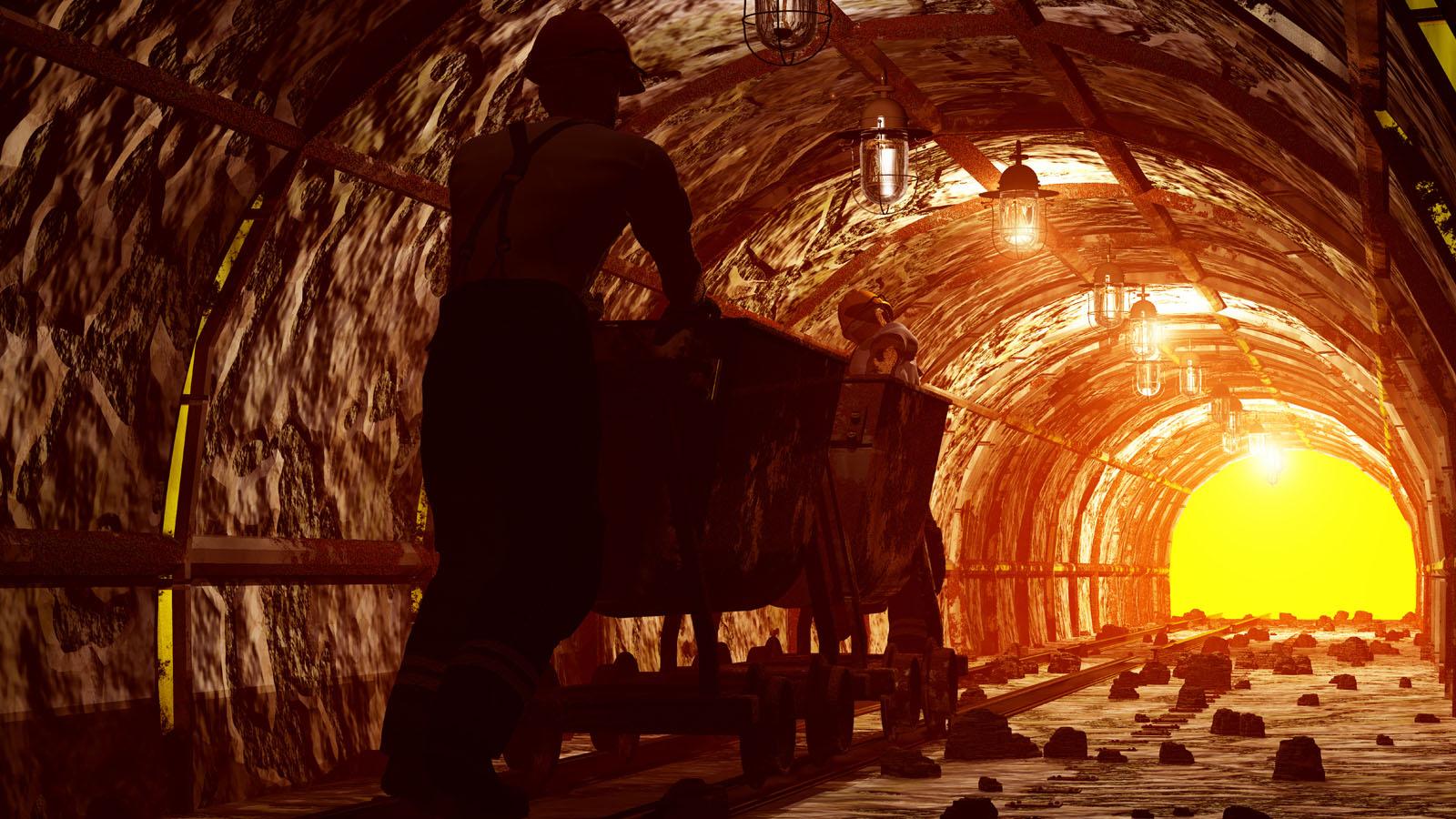Cheap coal isn’t usually good news for the environment. When fossil fuel prices tank, it’s a lot harder to convince governments (and the private sector) to invest in renewables. But if you’re Greenpeace Sweden, cheap coal isn’t so bad. Cheap coal means you can afford to buy a German lignite mine and a handful of coal-fired power plants.
But wait, you’re thinking, Greenpeace hates coal. Lignite is brown coal. What are they going to do? Just let it sit there? Avast, fools!
Wily, discerning reader, that’s exactly what they’re going to do. And it’s not an awful idea. A good way to ensure dollars spent on “keeping it in the ground” actually go toward keeping fossil fuels unburned is to buy a bunch of fossil fuels and keep them in the ground.
The idea isn’t completely new. Bård Harstad of Northwestern University described a similar supply side solution in 2012, and data analyst Matt Frost proposed a related coal retirement plan in 2013. Frost suggested that one way for the U.S. to curb carbon emissions would be to allow activists and energy sector competitors to purchase coal reserves from the federal government — the largest owner of coal in the country — with the intent of letting the reserves remain untouched. He writes:
Strategically shrewd “investors” in unmined coal, motivated by the desire to prevent its mining and prop up its price, would start buying up tracts with the most economically viable reserves and continue down the supply curve, ideally until the spot price for coal meets that of natural gas. This would encourage the fuel-switching that is already underway in the U.S., thanks to the shale gas boom and recent regulations restricting coal.
Frost’s idea is slightly different from that of Greenpeace Sweden in that it’s slightly broader and more forward-looking. All else held constant, buying up coal reserves (and not doing anything with them) should result in higher coal prices — which makes things like natural gas (and renewable sources) more competitive. Of course, gas isn’t a perfect solution, but it’s certainly better than coal, and you can also imagine eventually applying the logic to shale fields, as well.
Greenpeace may not have an eye toward the macroeconomics at play, but the main thrust of the argument is the same: A dollar spent on literally keeping fossil fuels in the ground is a dollar well spent. Frost’s proposal continues:
Today, a climate activist who hopes to convert money into carbon mitigation can choose from among several different bank shots, such as political engagement, purchasing carbon offsets, or investing in alternative energy. In all these approaches, uncertainty and complexity dilute the carbon-reducing value of each dollar spent. Buying undeveloped fossil fuel and preventing it from ever being combusted results in both the direct benefit of sequestering the CO2 and the secondary effect of nudging prices upward by reducing coal available to other buyers. Private citizens and philanthropists could use their own funds to lock up coal reserves and corner the market, rather than lavishing money on political operatives and consultants and launching advocacy projects of dubious impact.
Of course, plenty of variables are relevant here. It’s not immediately obvious that the owners of coal — at least, the federal owners of coal — are the relevant players, for example. Peabody Energy doesn’t necessarily care about what the U.S. government does with the 88 billion tons of coal reserves that it owns, because Peabody already has 8.2 billion tons of coal reserves all to itself; unless, of course, the U.S. magically sells off the entirety of its reserves to Greenpeace for pennies on the dollar.
Which is also to say that the effectiveness of supply side coal retirement plans depends on their uptake at a pretty massive scale. We wouldn’t expect the purchase of a single coal mine or plant to affect the entire energy landscape.
If anything, though, the policy is worth a perusal — and in the meantime, it’s encouraging to see NGOs giving the concept a shot in other countries. If anyone wants to go halfsies on a German coal mine, let me know.


